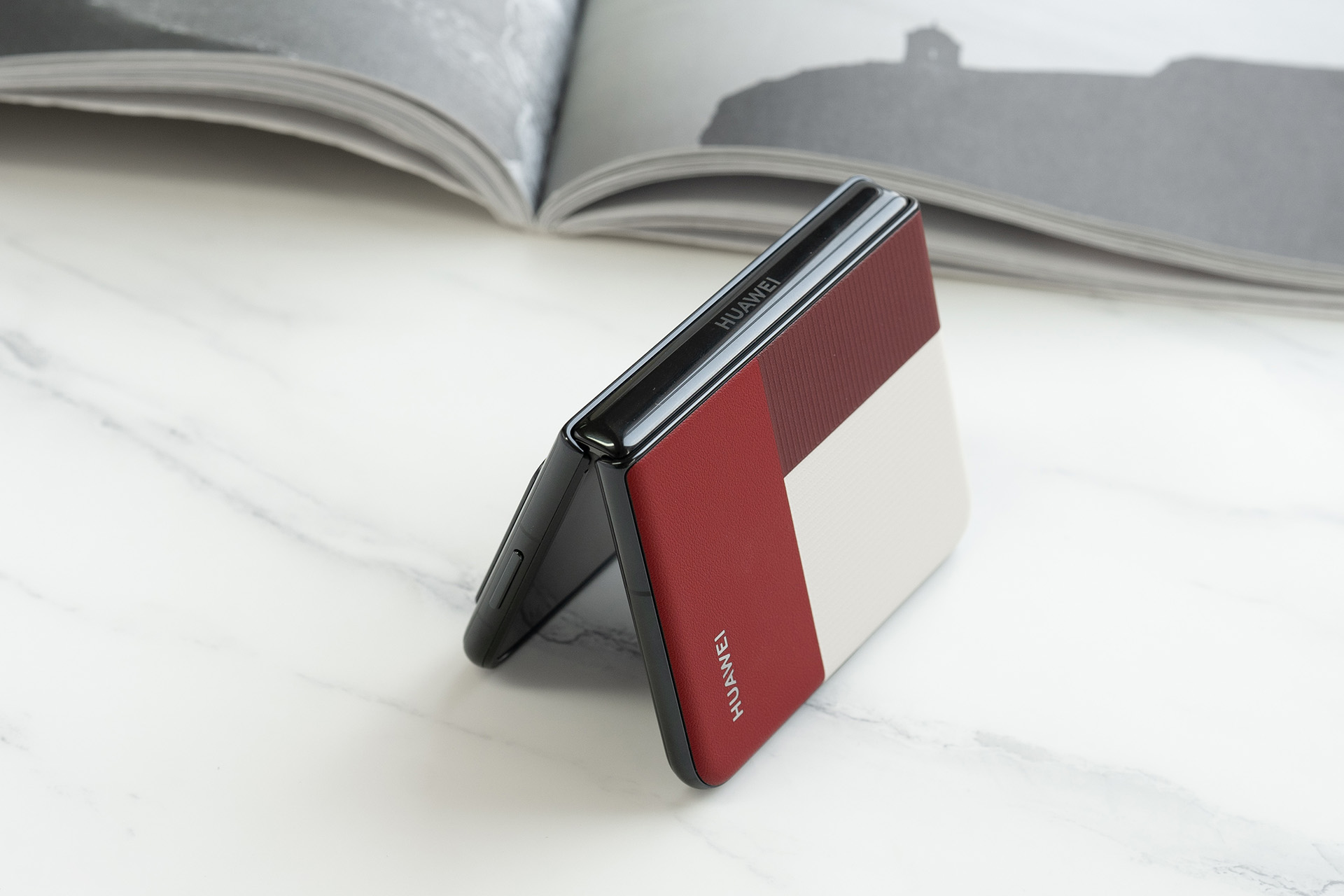Huawei Pura X Review: Redefining Foldables with a Bold New Form Factor
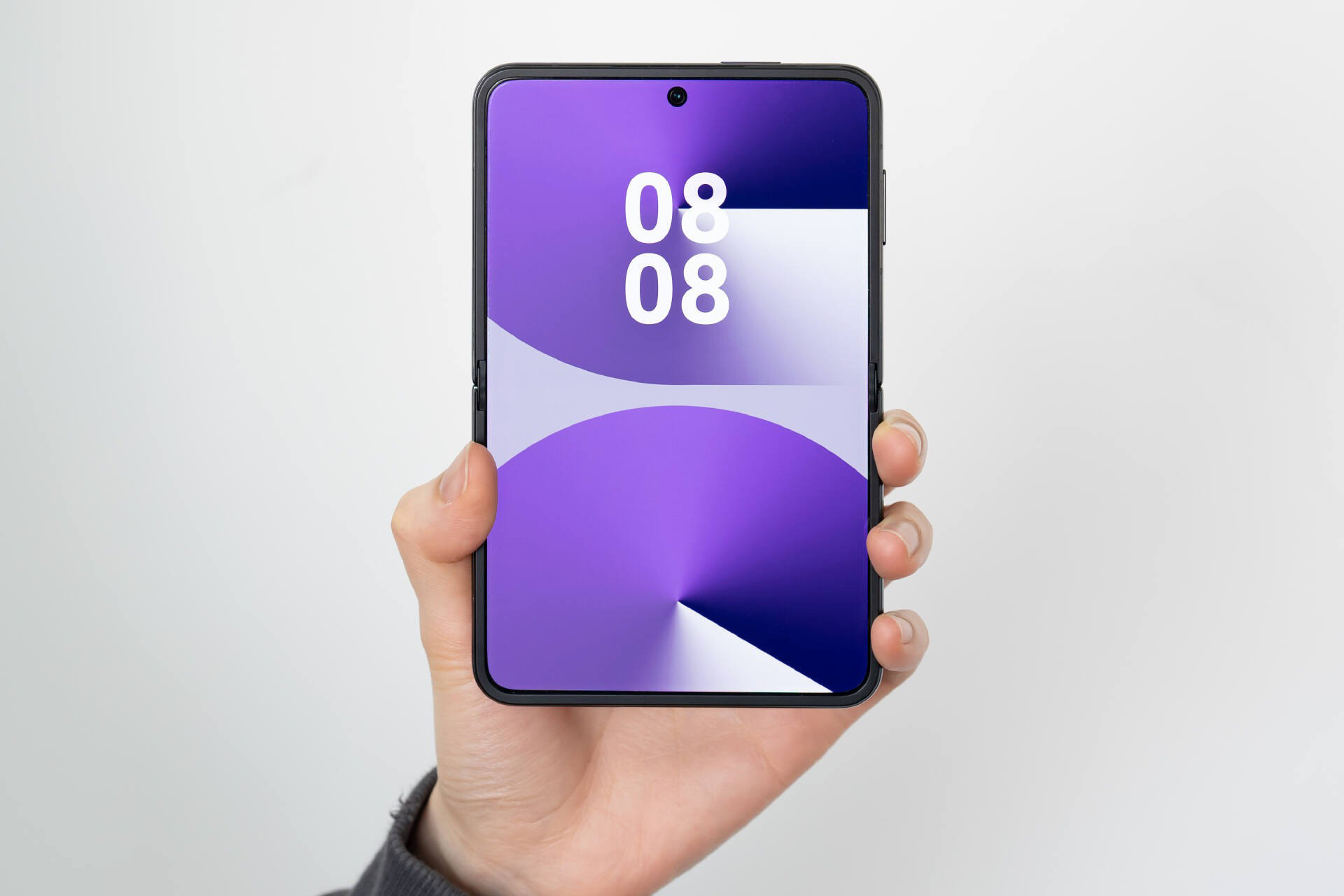
The smartphone industry’s fascination with foldables continues to evolve, and Huawei’s latest offering, the Pura X, stands out as a daring experiment in design and functionality. Priced starting at ¥7,499 (~$1,030), this "wide-fold" device challenges conventional expectations with its unconventional 16:10 aspect ratio, HarmonyOS 5 optimizations, and hybrid tablet-phone utility. After extensive testing, here’s an in-depth look at what makes the Pura X a standout—and where it falls short.
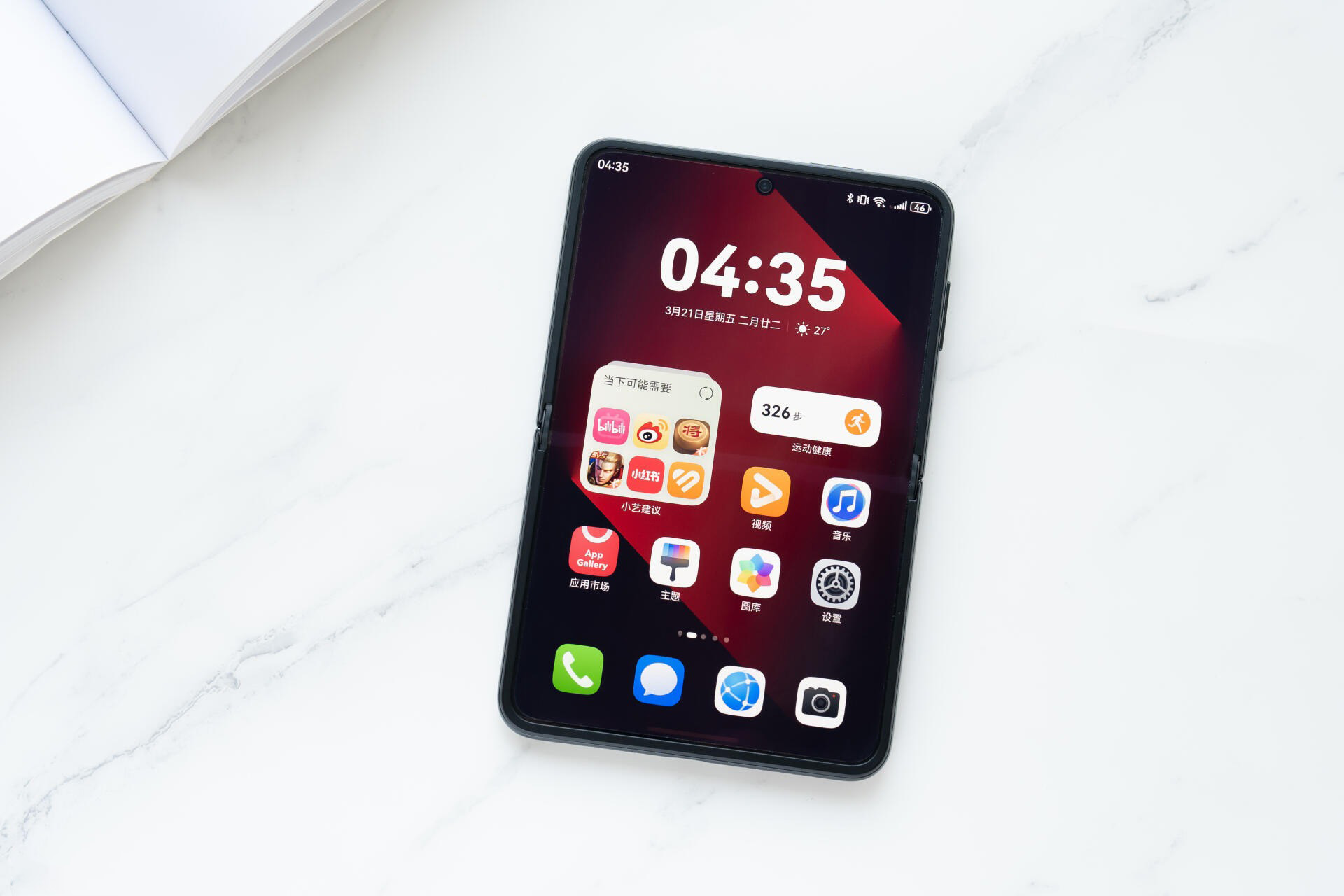
Design & Build: A Nostalgic Yet Futuristic Approach
The Pura X’s design immediately sparks debate. Its folded dimensions (91.7mm width) make it noticeably wider than traditional flagships like the Mate 60 Pro (79mm), earning nicknames like "chubby fold" among early adopters18. When unfolded, the 6.3-inch 16:10 display resembles a compact tablet, offering a screen area (114.89cm²) comparable to the 6.9-inch iPhone 16 Pro Max (115.47cm²)1. This "wide-fold" approach bridges the gap between smartphones and mini tablets, delivering a unique hybrid experience.
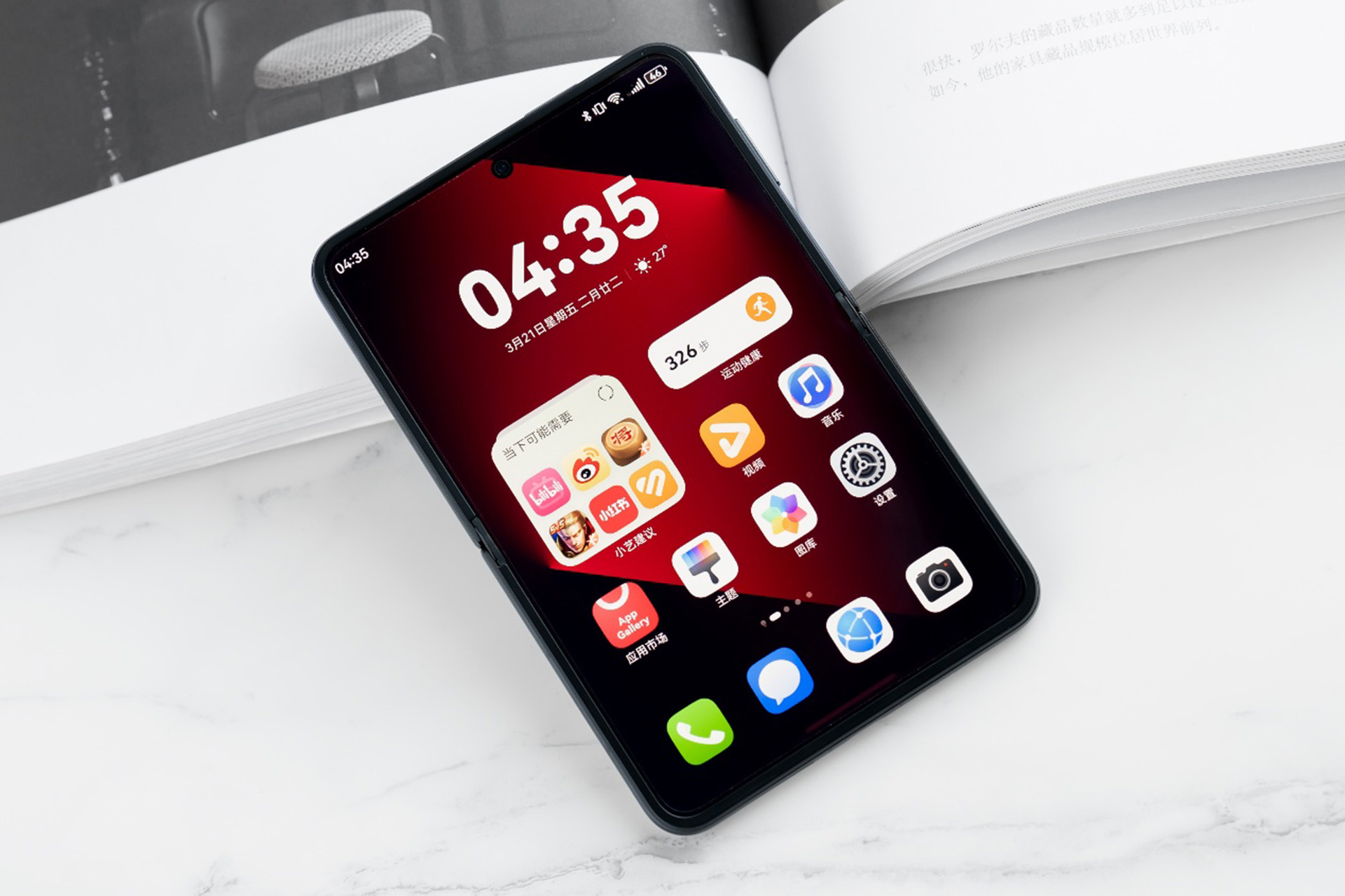
Huawei’s hinge design deserves praise: the Xuan Ting hinge minimizes creasing, and during hands-on tests, the fold was nearly invisible even after repeated use48. The matte-finish "Zero Degree White" model exudes premium craftsmanship, though the camera module’s retro styling (reminiscent of the P30 series) may polarize aesthetics4. At 196g, it’s lightweight for a foldable, but its unconventional proportions require adjustment—some users found themselves instinctively gripping it with both hands8.
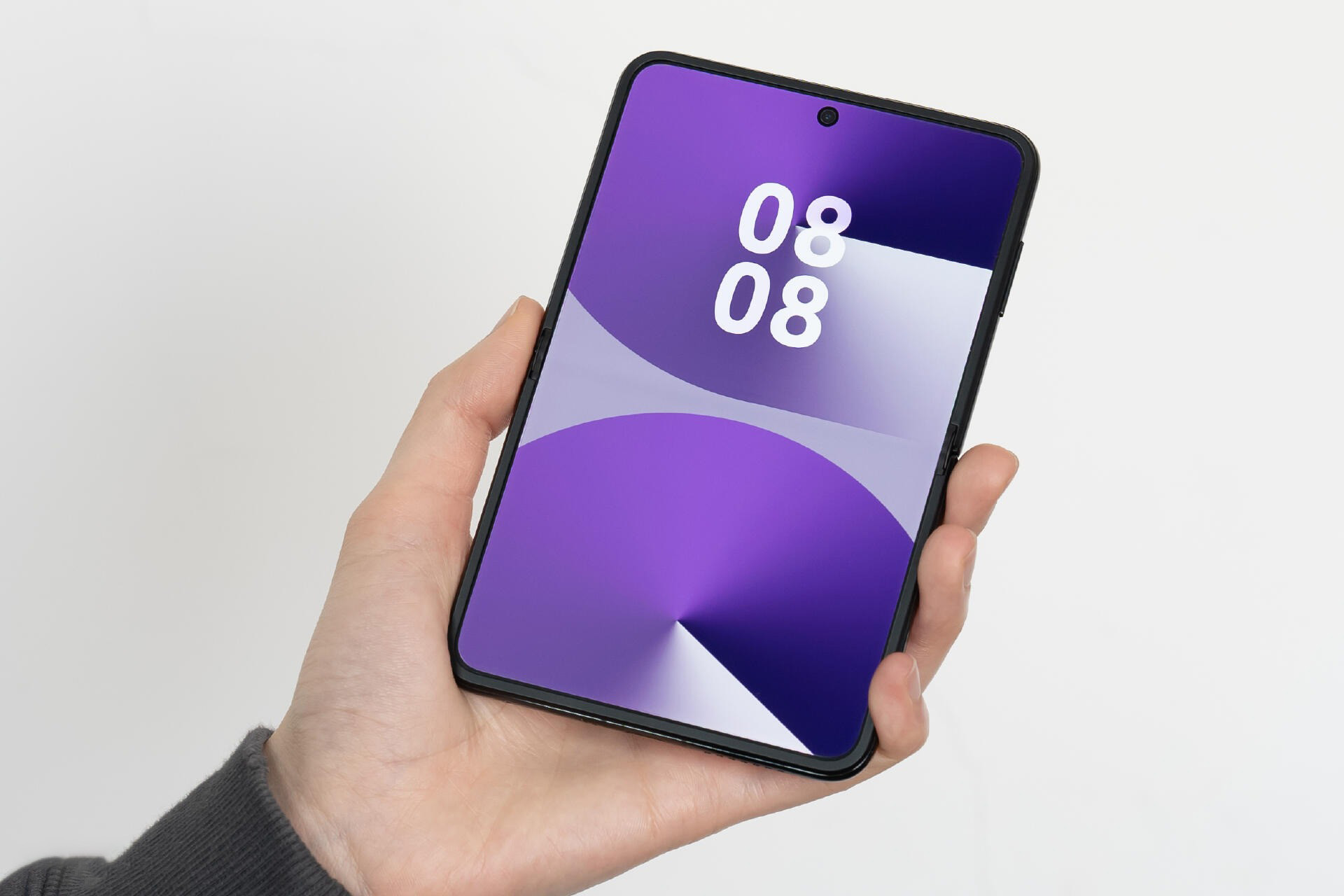
Display: A New Dimension for Content
The Pura X’s 16:10 "Kuo Screen" (2120×1320 resolution) shines in media consumption. Unlike traditional 19:9 phones, it eliminates black bars for 16:9 videos, maximizing screen real estate18. Testing revealed a 30% larger viewing area for videos and 60% for images compared to standard flagships, making it ideal for streaming, reading, and document editing28. The 120Hz LTPO adaptive refresh rate and 2500-nit peak brightness ensure smooth, vibrant visuals, while 1440Hz PWM dimming reduces eye strain38.
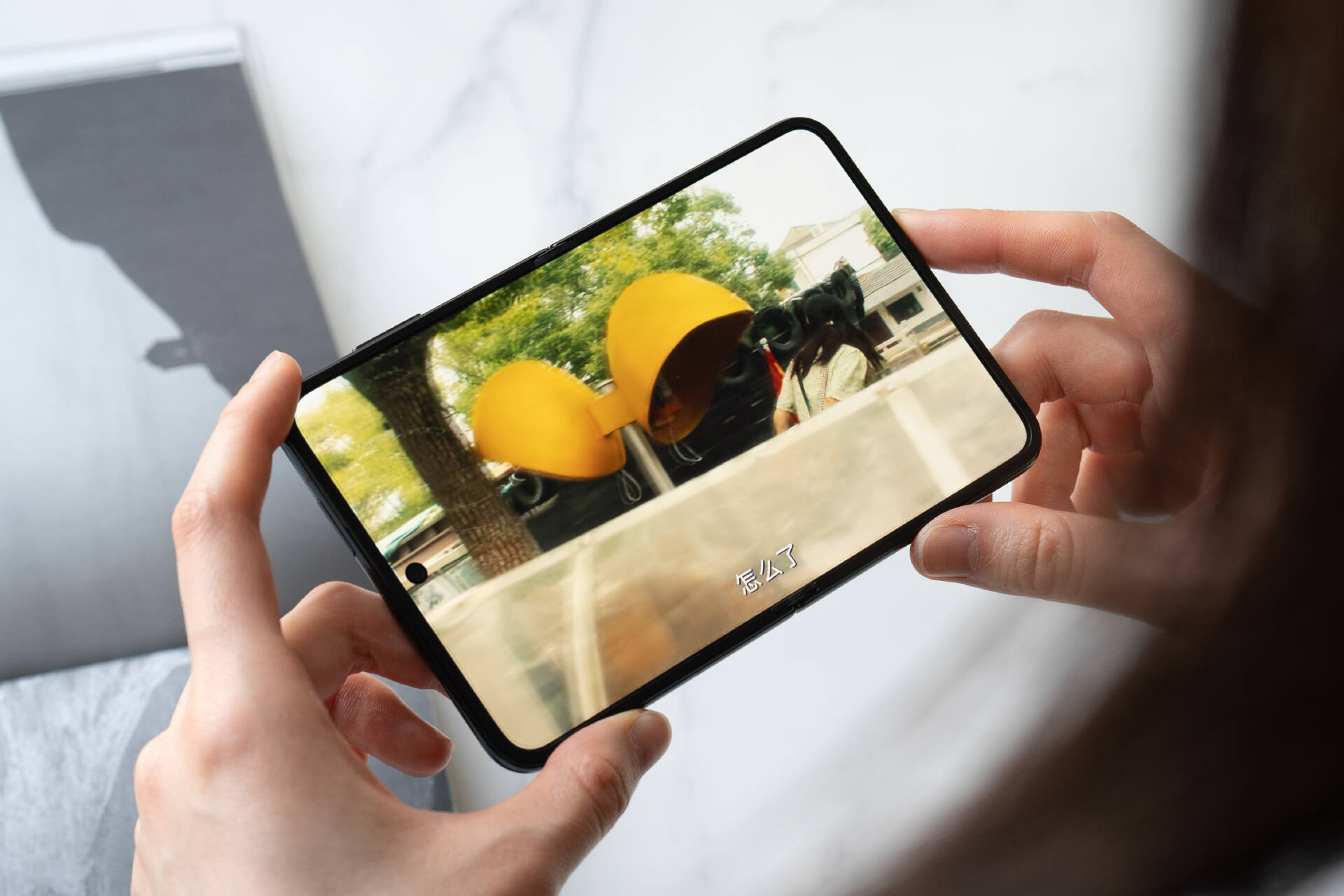
Huawei’s software optimizations further enhance the experience. Apps like Xiaohongshu (Little Red Book) and Bilibili adapt seamlessly to the wider canvas, displaying additional columns or split-screen layouts akin to tablets8. However, niche apps like TikTok still struggle with black bars in portrait mode, highlighting early-stage adaptation challenges4.
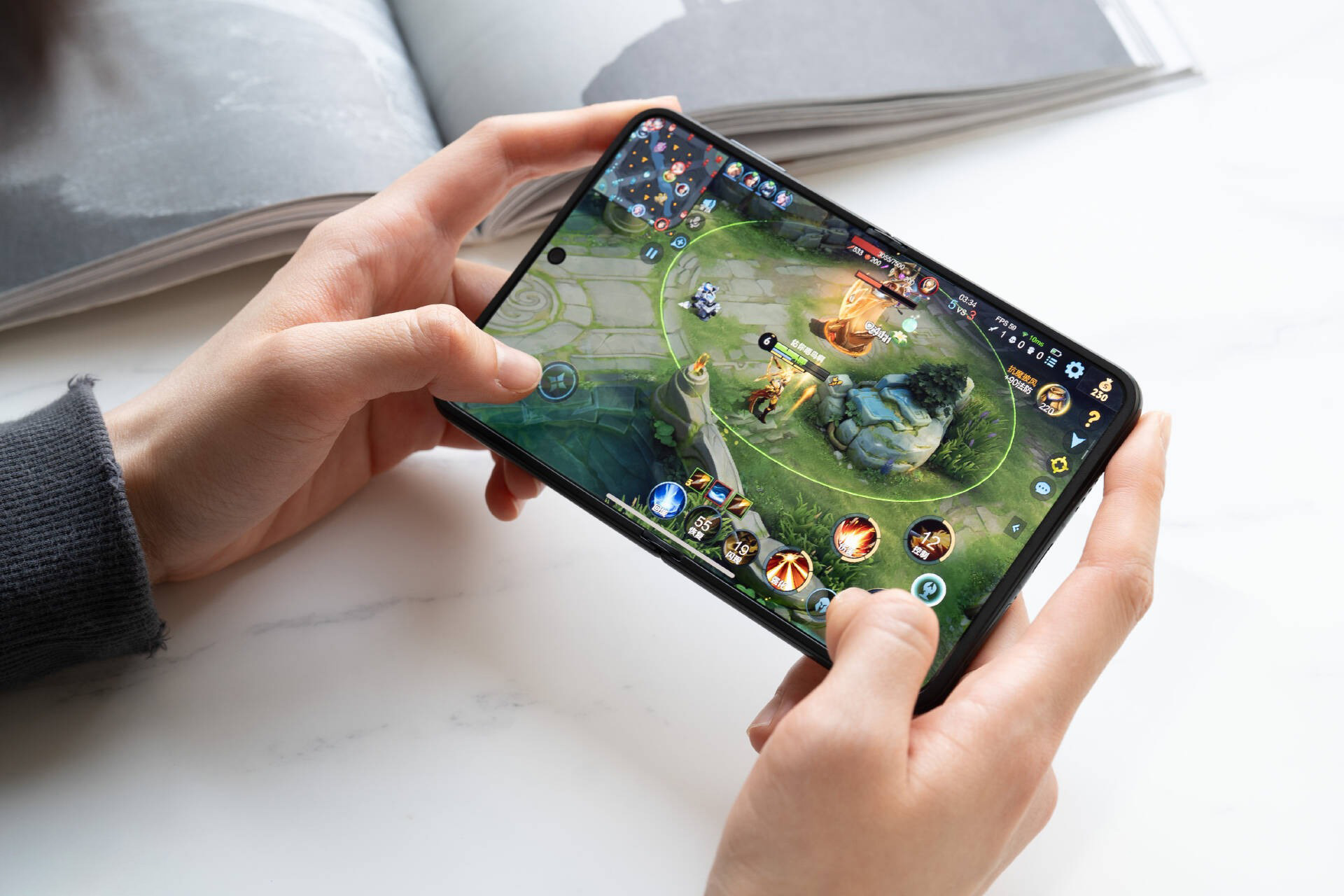
The 3.5-inch outer screen (1:1 aspect ratio) is surprisingly functional, supporting quick replies, navigation, and even casual gaming. Partnering with apps like WeChat and WPS, Huawei enables card-based widgets for glanceable interactions, though rotating content orientation remains restricted38.
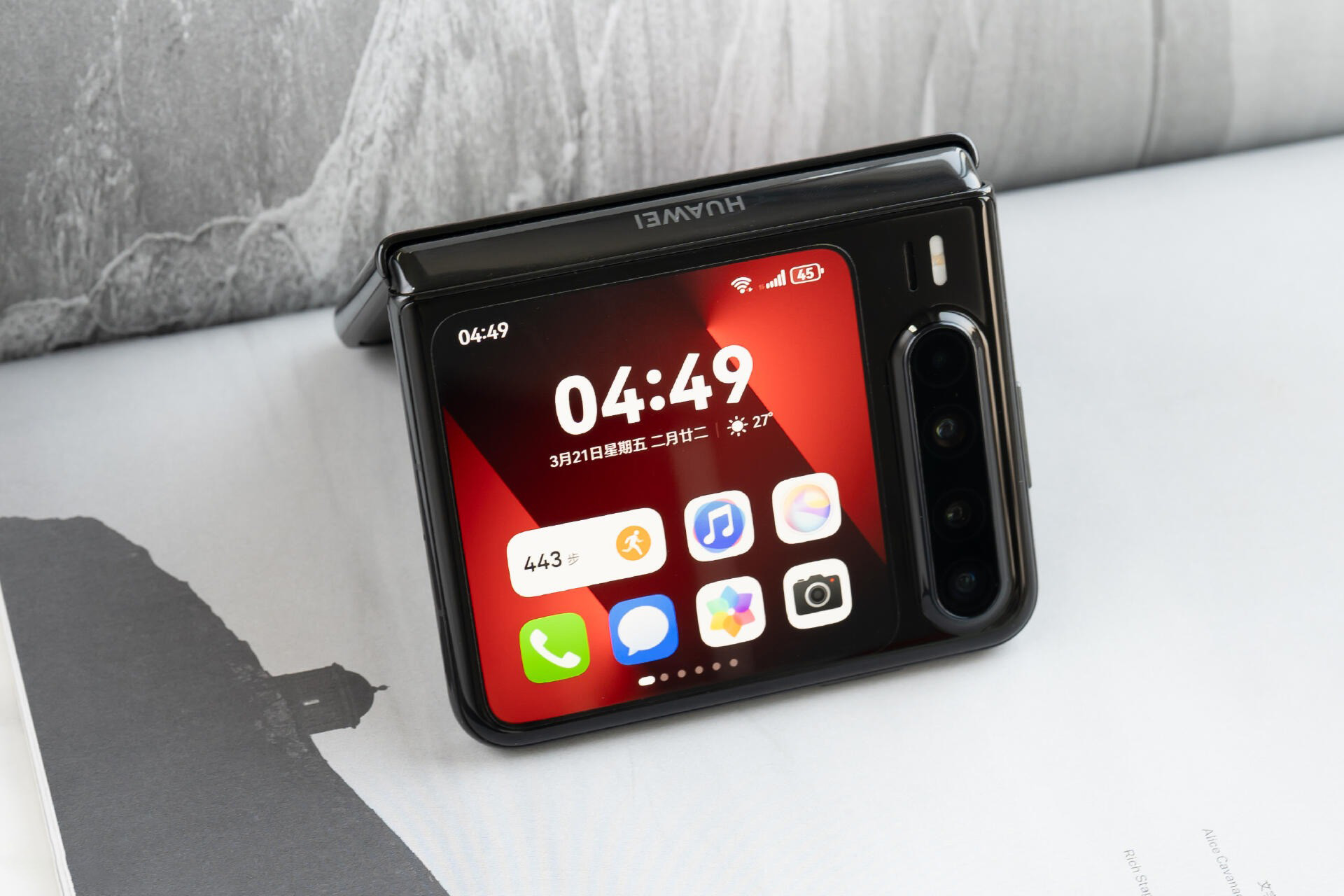
Performance & Software: HarmonyOS 5’s AI Leap
Powered by the Kirin 9020 chip, the Pura X handles daily tasks effortlessly but lags in heavy gaming. While benchmarks hit "over a million points," demanding titles like Genshin Impact strain its thermal management34. That said, HarmonyOS 5 steals the spotlight. The revamped Xiaoyi AI assistant transitions from command-based to conversational interactions, offering lifelike voice responses and context-aware suggestions. Features like AI Eye-Tracking (auto-scrolling when reading) and Whisper Mode (discreet voice commands) showcase Huawei’s focus on intuitive UX15.
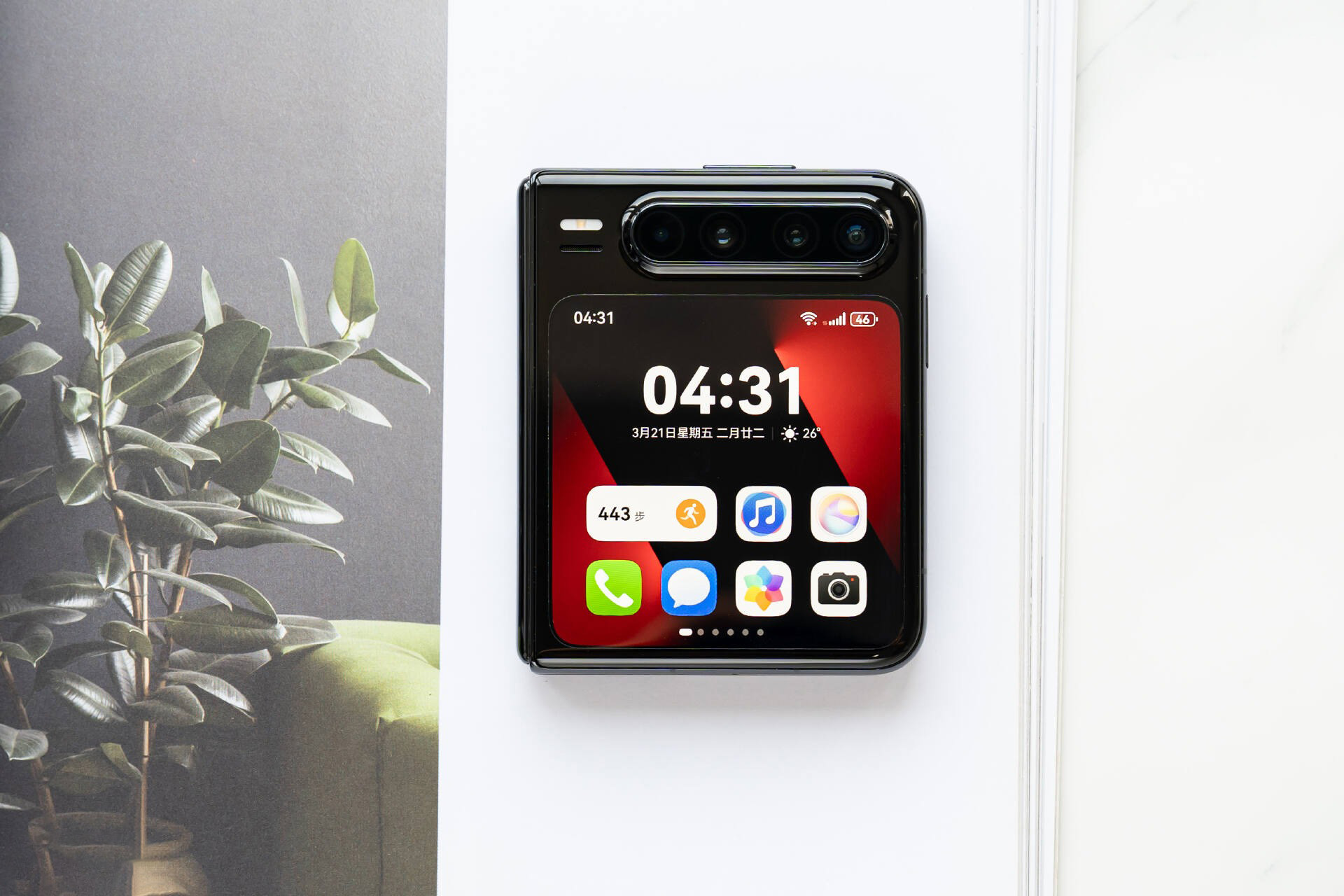
The OS also integrates AI photography tools like motion tracking and multi-screen previews, which proved invaluable for vloggers and casual shooters alike18. Despite concerns about app compatibility, mainstream services like WeChat and Taobao run smoothly, alleviating fears of ecosystem fragmentation58.
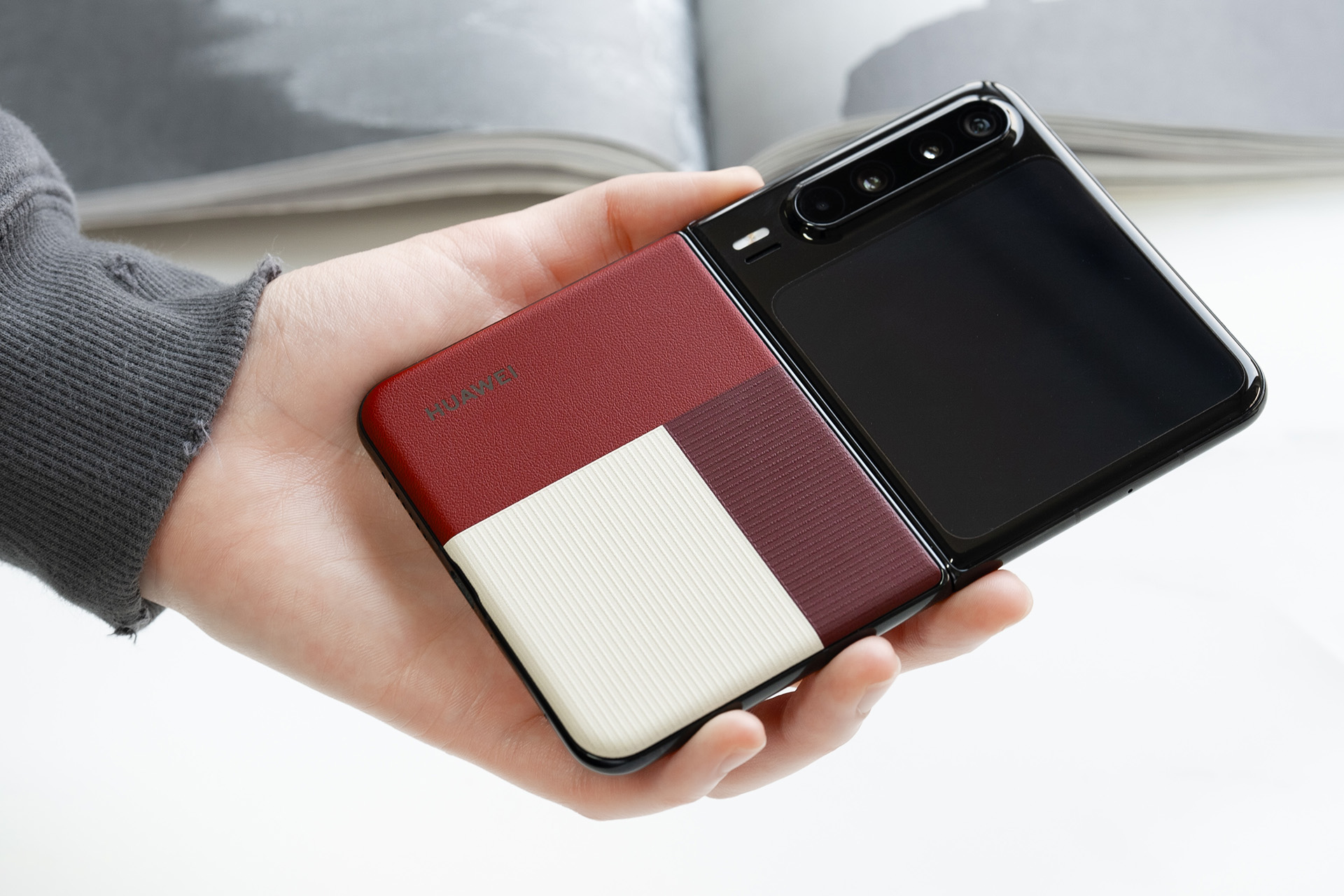
Camera: A Foldable Imaging Powerhouse
Huawei packs a triple-camera system into the Pura X: a 50MP RYYB main sensor (f/1.6), 40MP ultra-wide, and 8MP telephoto (3.5x optical zoom). The Hongfeng (Red Maple) color science delivers natural tones, with modes like Vivid and Bright enhancing landscapes and portraits13. During tests in Beijing’s Summer Palace, the ultra-wide lens captured striking architectural details, while the telephoto struggled slightly in low light—a trade-off for its compact form18.
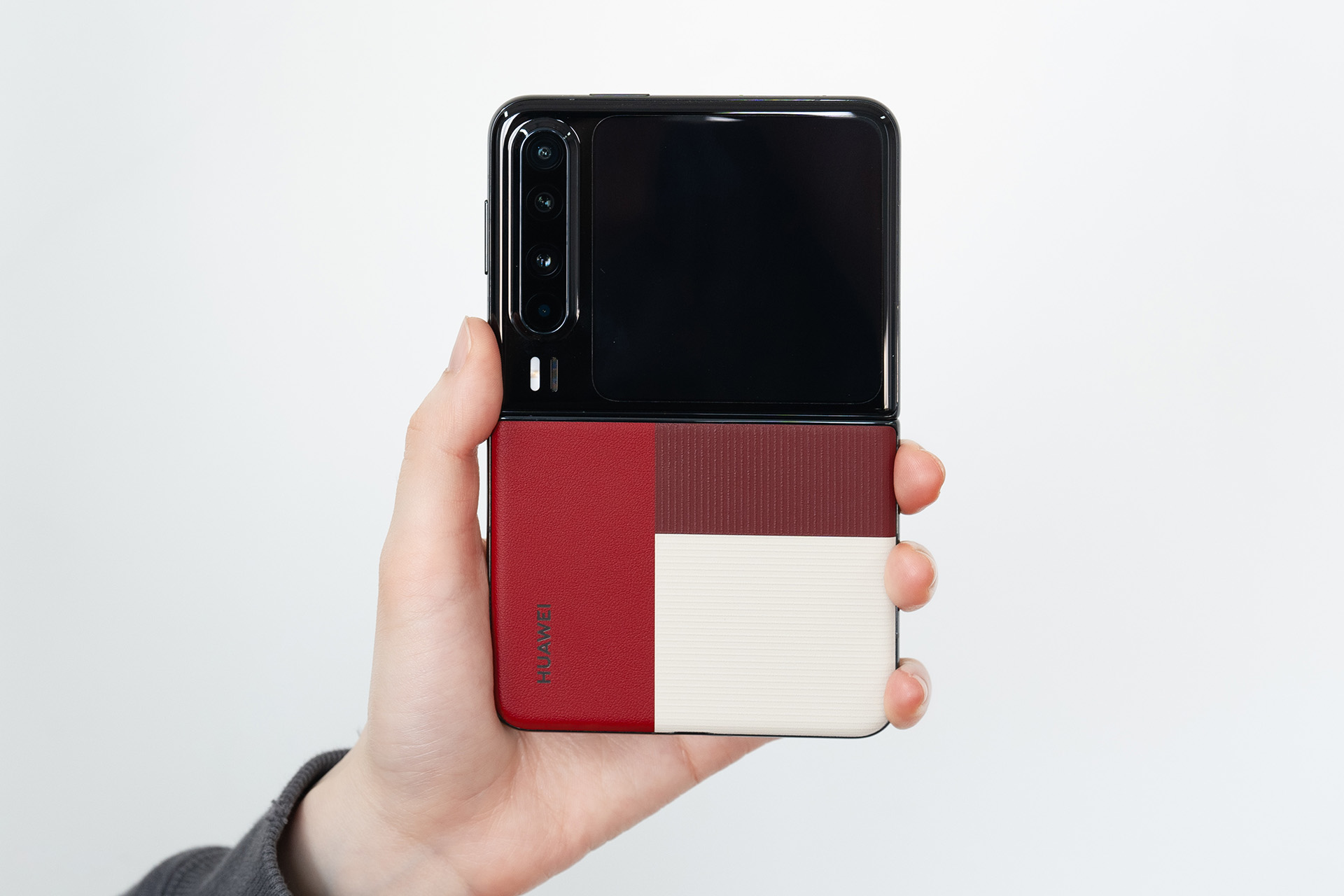
Unique to foldables, the Dual-Screen Preview lets subjects adjust poses via the outer display, a boon for group photos1. The hinge’s hover mode enables creative angles for timelapses and low-light shots, though stabilization could improve4.
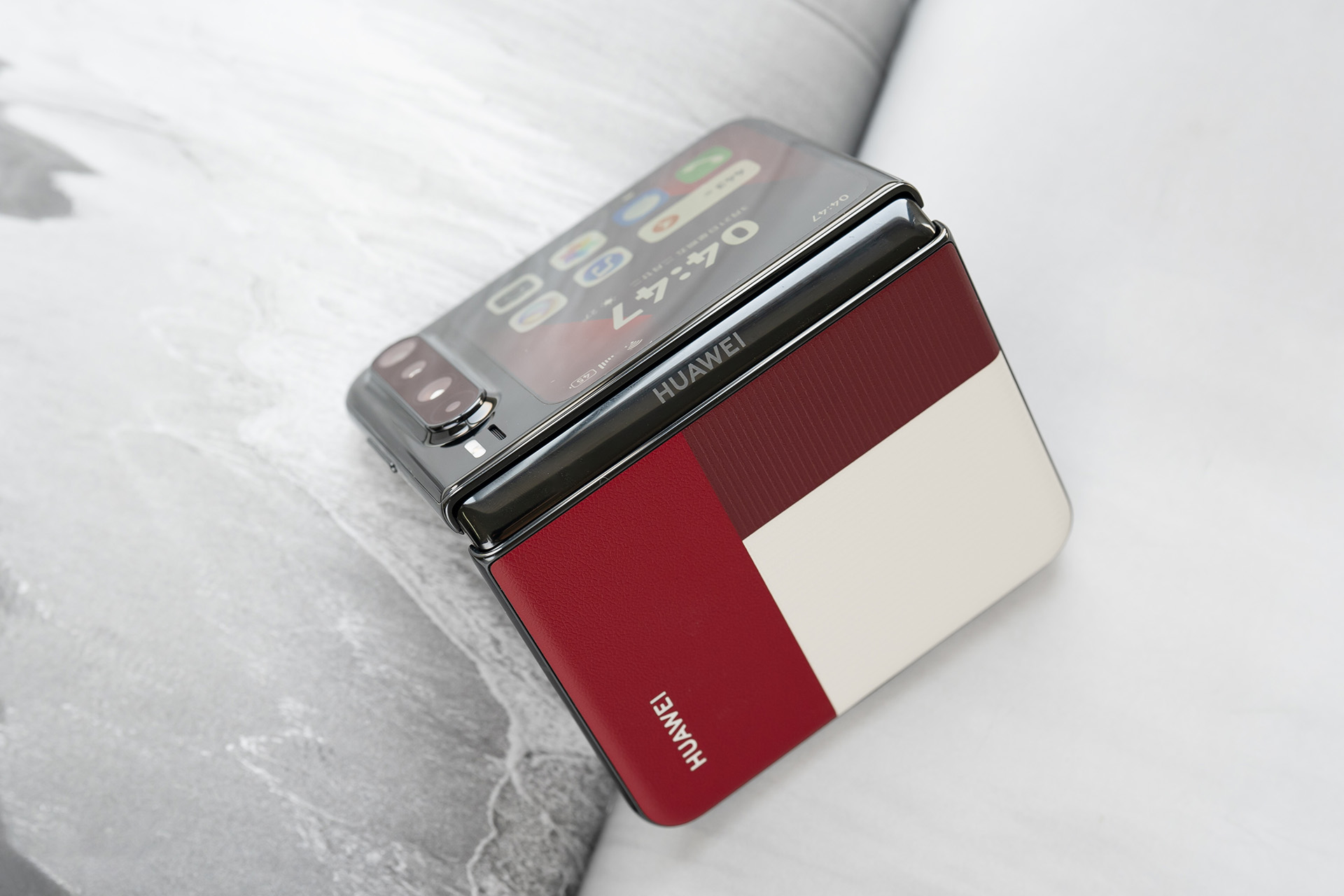
Battery & Connectivity: Solid but Unspectacular
The 4,720mAh battery lasts a full day with moderate use, aided by HarmonyOS 5’s optimizations. Charging speeds (66W wired, 40W wireless) are adequate but trail rivals like Xiaomi’s 120W solutions38. The inclusion of Tiantong satellite connectivity and IPX8 waterproofing appeals to adventurers, though 5G support remains region-dependent8.
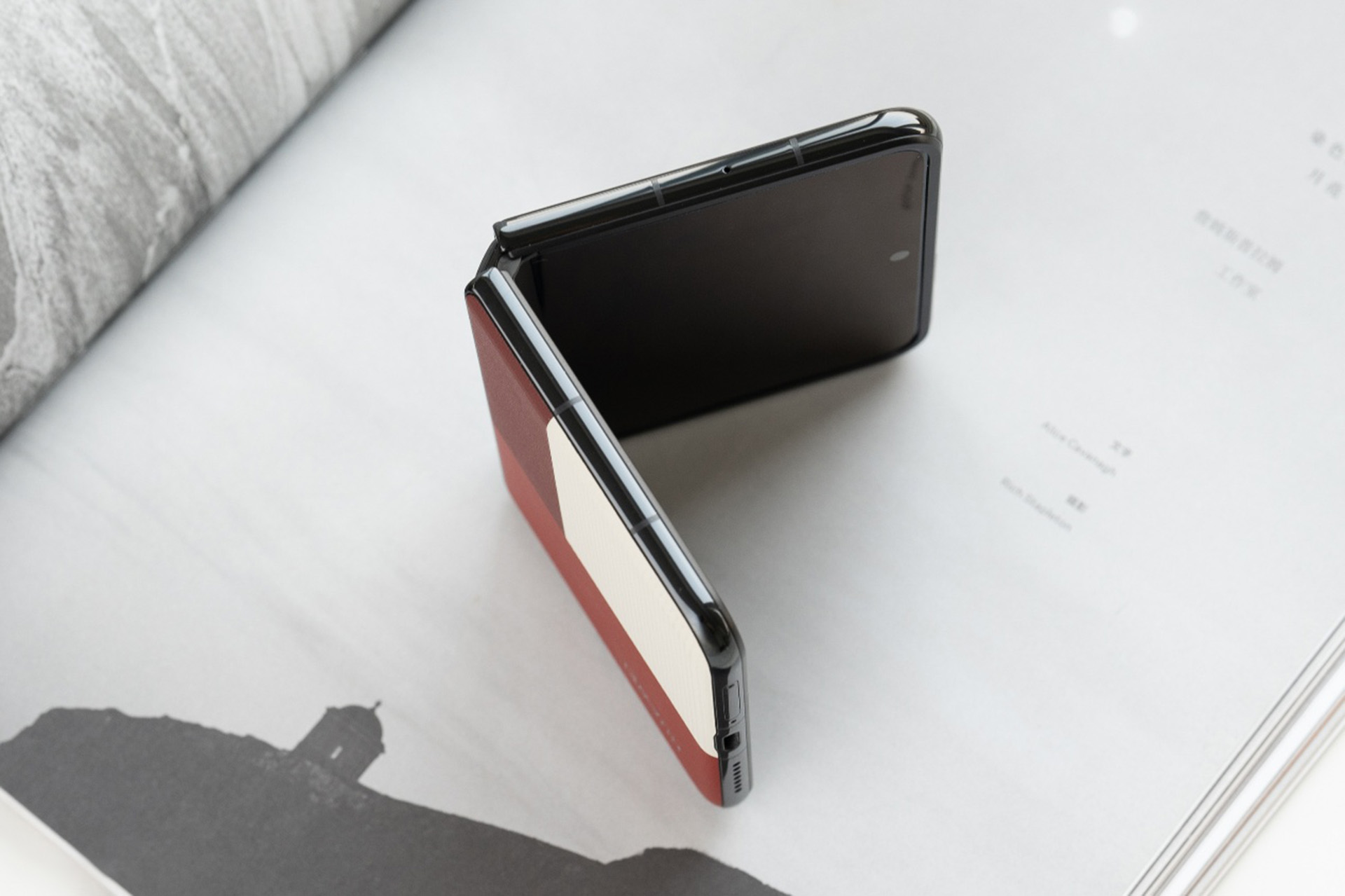
Verdict: A Niche Marvel with Room to Grow
The Huawei Pura X isn’t for everyone. Its bold design demands adaptation, and the Kirin 9020’s gaming limitations may deter power users36. Yet, for content creators and early adopters, it’s a trailblazer. The 16:10 display redefines media consumption, HarmonyOS 5’s AI innovations set a new standard, and the camera system punches above its weight.
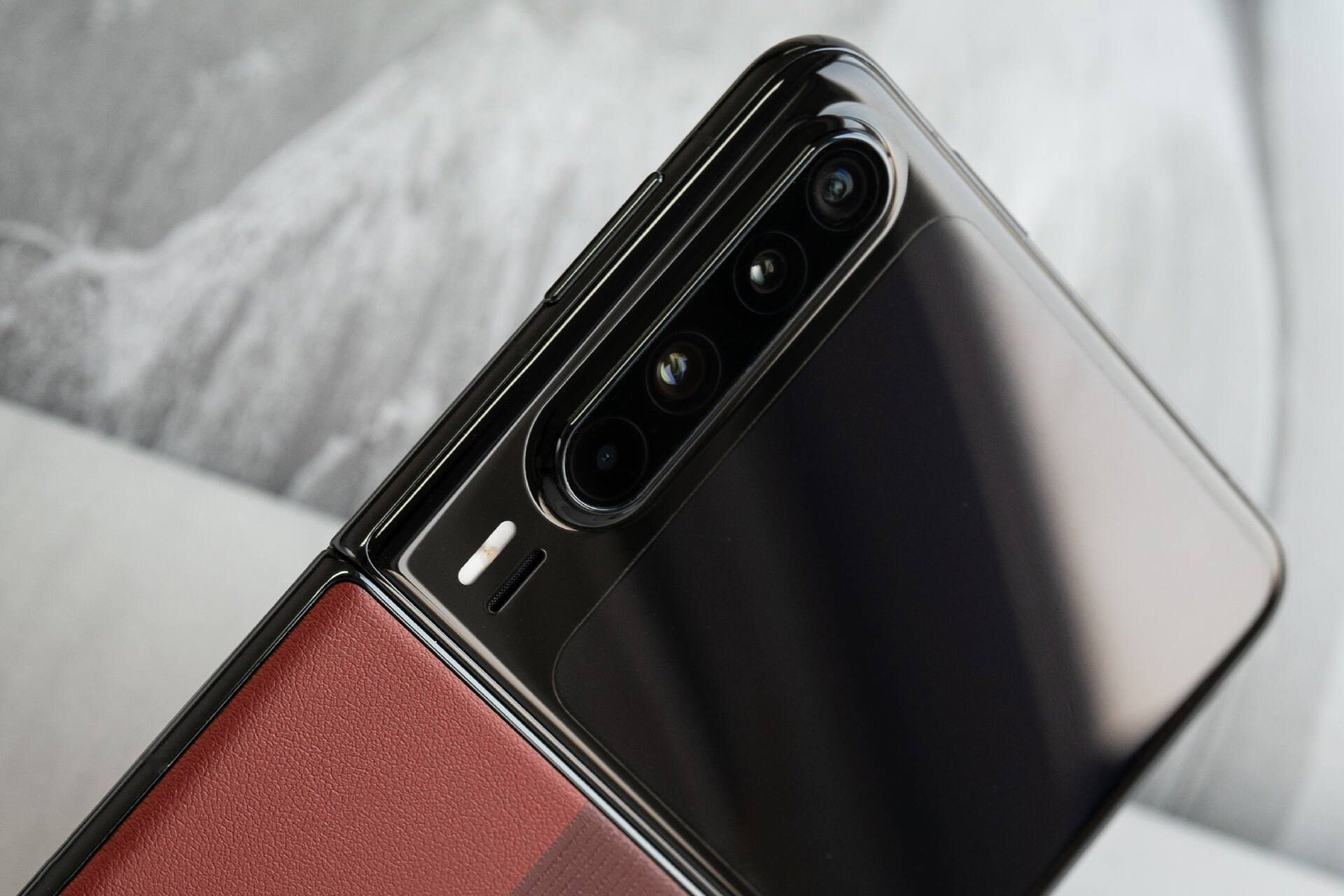
At ¥7,499, it’s pricier than conventional flagships but justifies the cost with cutting-edge engineering and niche versatility. As Huawei’s first "wide-fold," the Pura X isn’t perfect—but it’s a thrilling glimpse into foldables’ future.
Rating: 4/5
Pros: Revolutionary display, robust HarmonyOS 5, versatile cameras.
Cons: Chunky design, app adaptation hiccups, premium pricing.
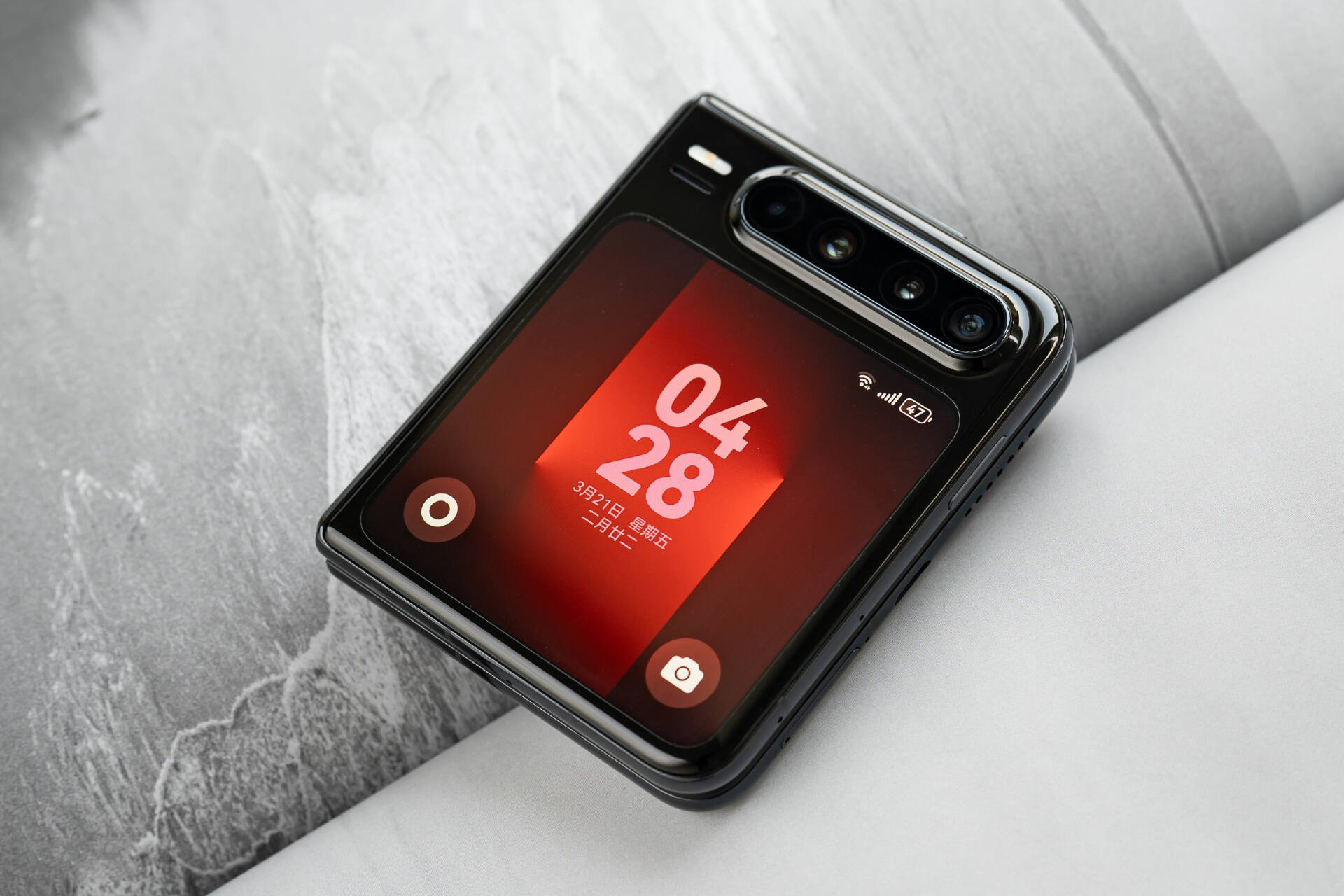
For those seeking innovation over convention, the Pura X is a compelling gamble. As one user aptly noted: "It’s not just a phone—it’s a statement."5
